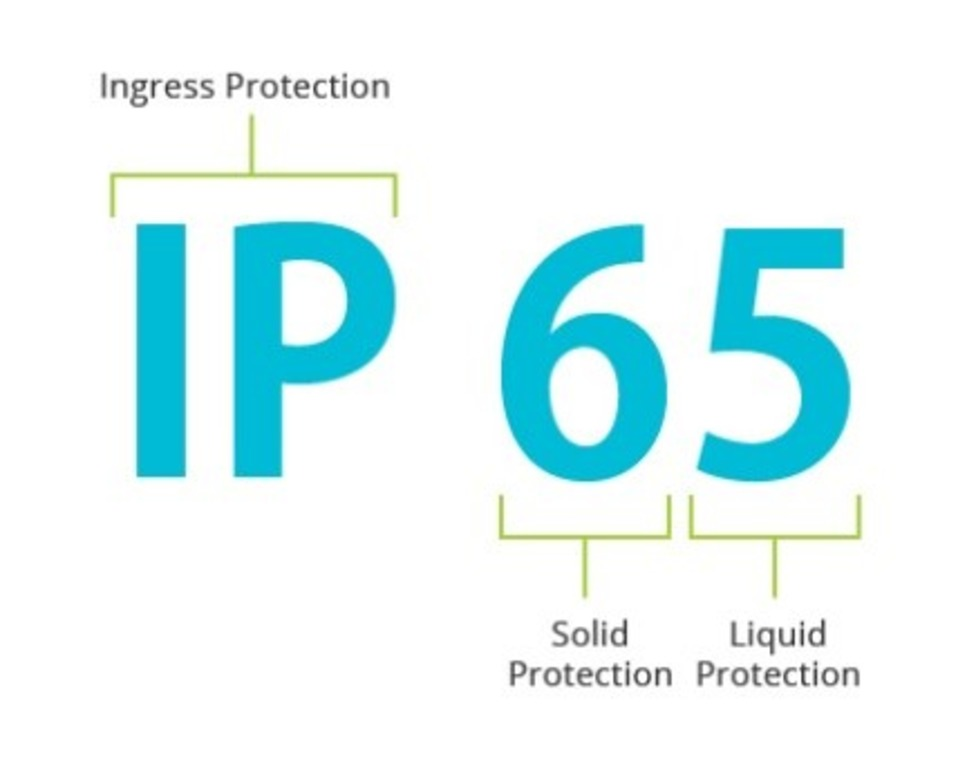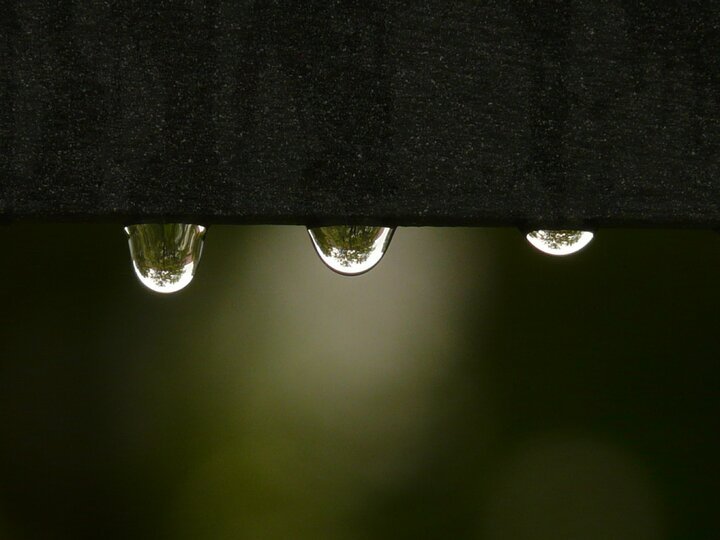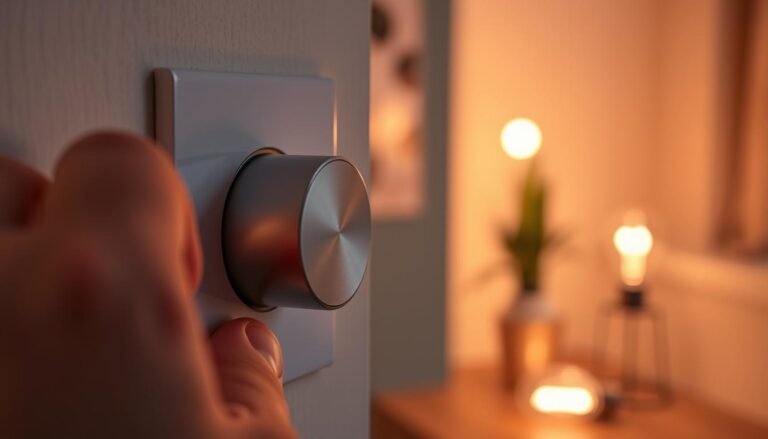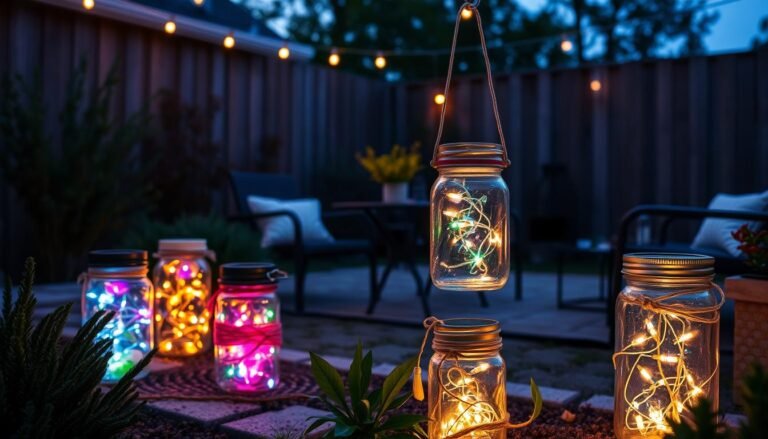Affiliate Disclosure: This post may contain affiliate links. If you make a purchase, we may earn a small commission at no extra cost to you.
An IP rating ( Ingress Protection rating) is shorthand for the level of protection that a bulb or light fixture has against dirt and water. It consists of two digits – the first digit represents protection against solid objects like dust, while the second digit represents protection against liquids like water.
The higher the value of either digit, the greater the protection. Lower Ingress Protection ratings are suited for indoor use in spaces with little exposure to dust or water, while higher IP ratings are more suited to areas exposed to harsh weather conditions. IP65 and above are considered waterproof and suitable for both indoor and outdoor use.
In bathroom lighting, specific zones have different minimum IP ratings depending on their proximity to water sources.

Key Takeaways:
- IP ratings determine the level of protection against solid objects and liquids in light fixtures.
- The first digit in the Ingress Protection rating represents protection against solid objects like dust.
- The second digit represents protection against liquids like water.
- Higher IP ratings indicate greater protection, suitable for outdoor use and harsh weather conditions.
- IP65 and above are considered waterproof and suitable for both indoor and outdoor use.
Also Read – Understanding IK Rating for Durable Lighting
IP Rating in Interior and Exterior Lighting
Ingress Protection ratings play a crucial role in determining the suitability of light fittings for different locations based on their resistance to solids and liquids. Whether you are looking for lighting solutions for your indoor or outdoor spaces, understanding IP ratings is essential to ensure the longevity and performance of your lights.
Ingress Protection Ratings in Interior Lighting
When it comes to interior lighting, different ratings offer varying levels of protection depending on the intended application. Here are some common Ingress Protection ratings and their recommended uses:
| IP Rating | Protection Level | Recommended Use |
|---|---|---|
| IP20 | Protected against solid objects larger than 12.5mm | Dry indoor applications |
| IP40 | Protected against solid objects larger than 1mm | Prevents insects from entering lights, but offers no moisture protection |
| IP44 | Protected against solid objects larger than 1mm and water splashes | Splash-proof for bathroom and wet area use |
IP Ratings in Exterior Lighting
Exterior lighting requires higher Ingress Protection ratings to withstand harsh weather conditions and ensure optimal performance.

In this Ingress Protection Rating Chart you can find some IP ratings commonly used for exterior lighting:
| IP Rating | Protection Level | Recommended Use |
|---|---|---|
| IP54 | Protected against dust and splashes of water | General outdoor use |
| IP64 | Protected against dust and splashes of water | Dust-tight and splash-proof |
| IP65 | Protected against dust and low-pressure jets of water | Dust-tight and jet-proof |
| IP66 | Protected against dust and powerful jets of water | Dust-tight and watertight |
| IP67 | Protected against solid particles and can be submerged in water | Fully protected against solid particles and water immersion |
| IP68 | Hermetically sealed for continuous immersion in water | Continuous immersion in water |
By selecting the appropriate IP rating for your lighting needs, you can ensure the durability and performance of your lights in various environments, whether it’s indoors or outdoors.
Conclusion
Ingress Protection ratings play a crucial role in selecting the right lighting solutions for various environments. These ratings ensure the durability and waterproofing of light fixtures, making them suitable for specific indoor and outdoor applications.
By understanding the significance of IP ratings, you can make well-informed decisions about which lights to use in different areas such as bathrooms, gardens, or wet spaces.
When choosing light fixtures, it is important to consider the factors of exposure to dust, debris, and water. By taking these factors into account, you can ensure the highest level of protection for your lighting installations.
Remember, lower IP ratings are ideal for indoor spaces with minimal exposure to dust or moisture, while higher IP ratings are essential for areas subjected to harsh weather conditions. IP65 and above are considered waterproof and suitable for both indoor and outdoor use.
Moreover, it is worth noting that bathroom lighting has specific zones with varying minimum Ingress Protection rating requirements based on their proximity to water sources.
In summary, understanding Ingress Protection ratings empowers you to select lighting fixtures that provide the necessary protection and resilience for different environments. By considering the IP ratings and their meanings, you can choose lights that are well-suited to their intended applications, ensuring longevity and reliability.
FAQ
What is an IP rating?
An IP (Ingress Protection) rating is shorthand for the level of protection that a bulb or light fixture has against dirt and water. It consists of two digits – the first digit represents protection against solid objects like dust, while the second digit represents protection against liquids like water.
How are IP ratings relevant to lighting?
IP ratings determine the suitability of light fittings for use in different locations based on their resistance to solids and liquids. For interior lighting, lower IP ratings are suitable for dry indoor applications, while higher IP ratings are needed for areas exposed to moisture or water, such as bathrooms. In exterior lighting, higher IP ratings are required to provide protection against harsh weather conditions.
What are the different IP ratings for lighting?
In interior lighting, IP20 is suitable for dry indoor applications, IP40 prevents insects from entering the lights but offers no moisture protection, and IP44 is splash-proof for bathroom and wet area use. For exterior lighting, IP54 is dust-proof and splash-proof for general outdoor use, IP64 is dust-tight and splash-proof, IP65 is dust-tight and jet-proof, IP66 is dust-tight and watertight, IP67 is fully protected against solid particles and can be submerged in water, and IP68 is hermetically sealed for continuous immersion in water.
What do IP65 and above mean in terms of waterproofing?
IP65 and above are considered waterproof ratings for light fixtures. They are suitable for both indoor and outdoor use, providing protection against dust, dirt, and water.
Source Links
- https://www.mintlighting.com.au/lighting-blog/understanding-ip-ratings-in-led-lighting
- https://www.flexfireleds.com/led-ip-ratings-led-flex-strip-waterproofing-explained-waterproof-v-nonwaterproof-led-strip-lights/
- https://www.mullanlighting.com/us/blog/ip-rating-of-light-fixtures-explained/




